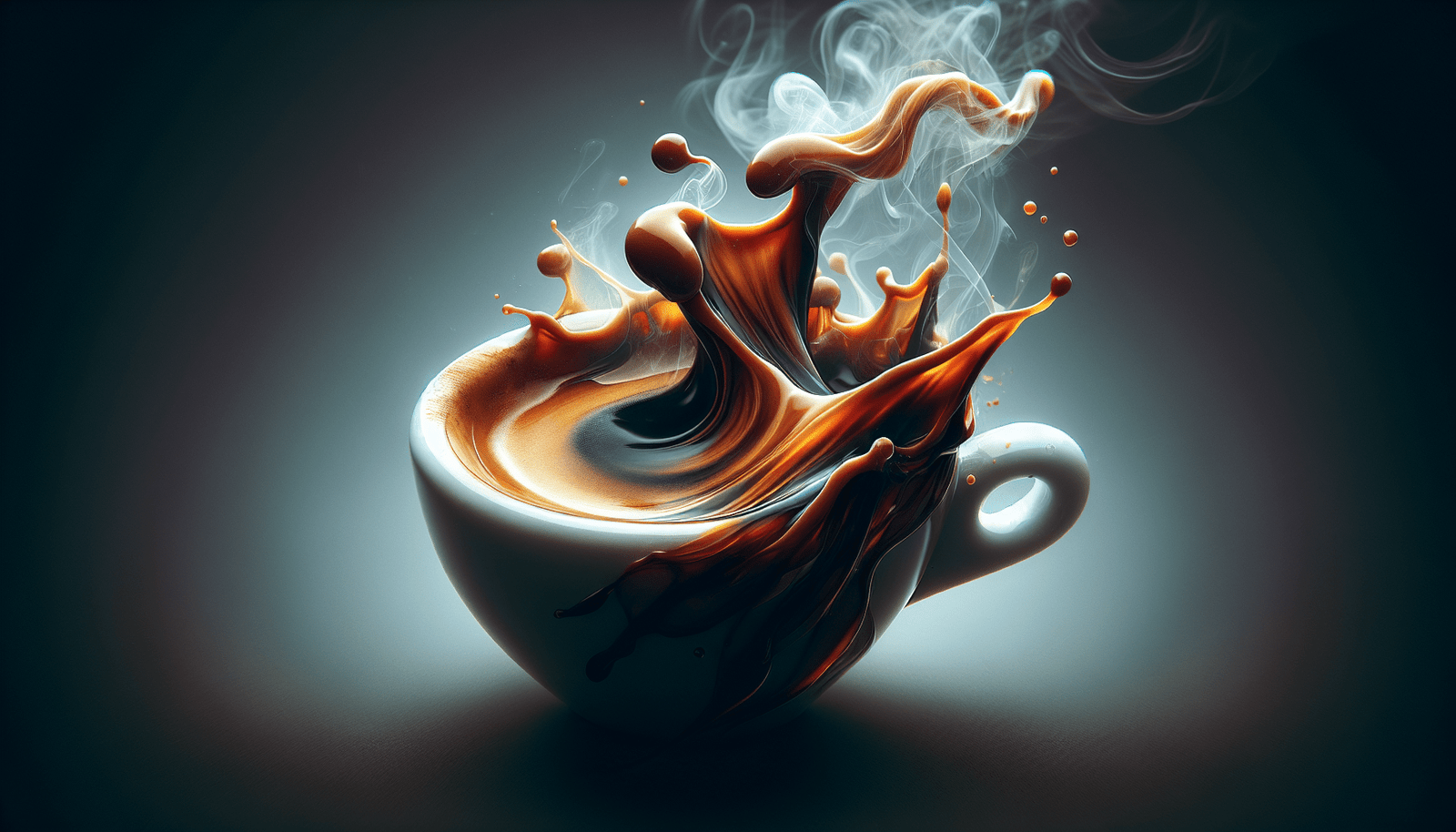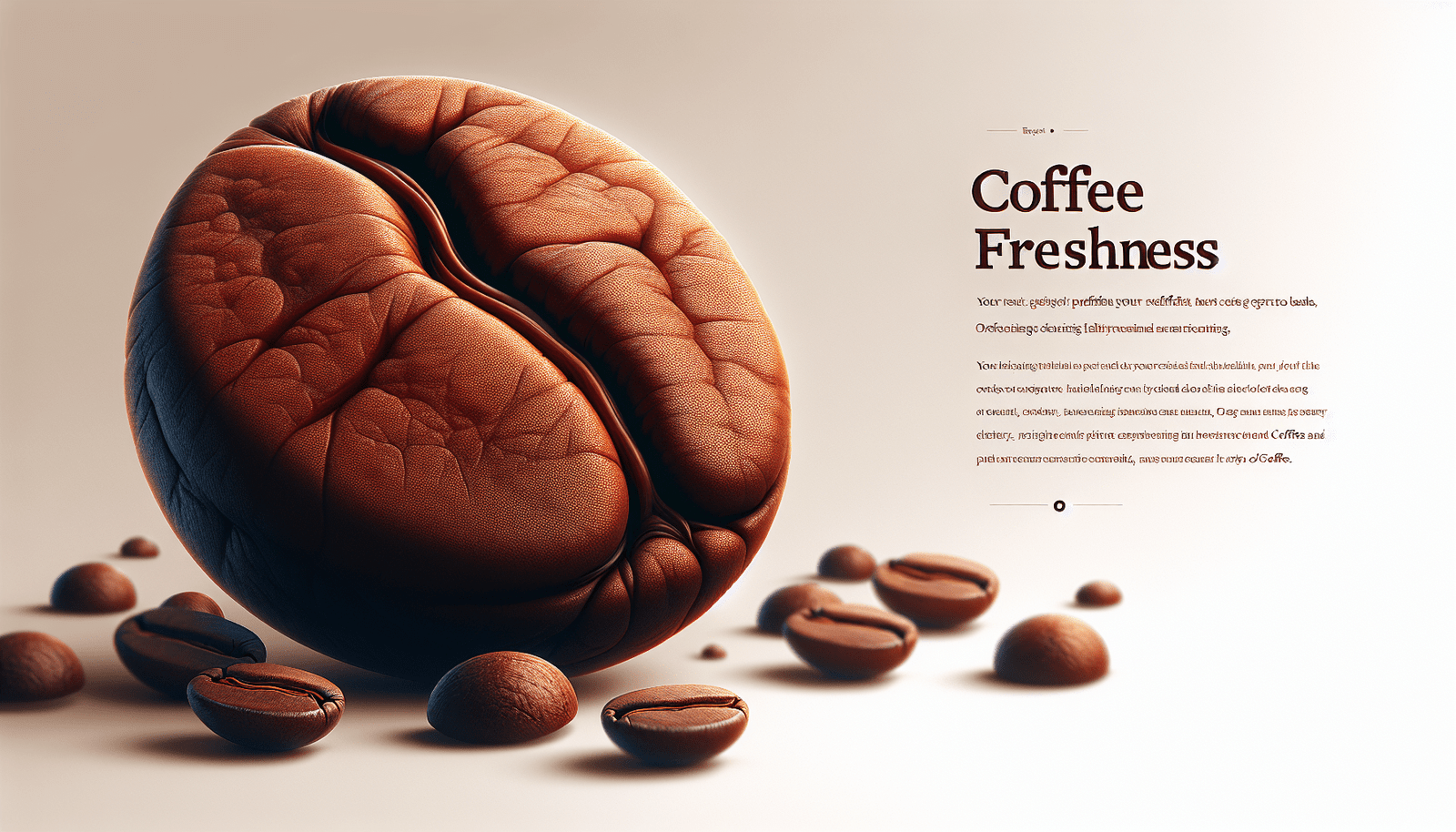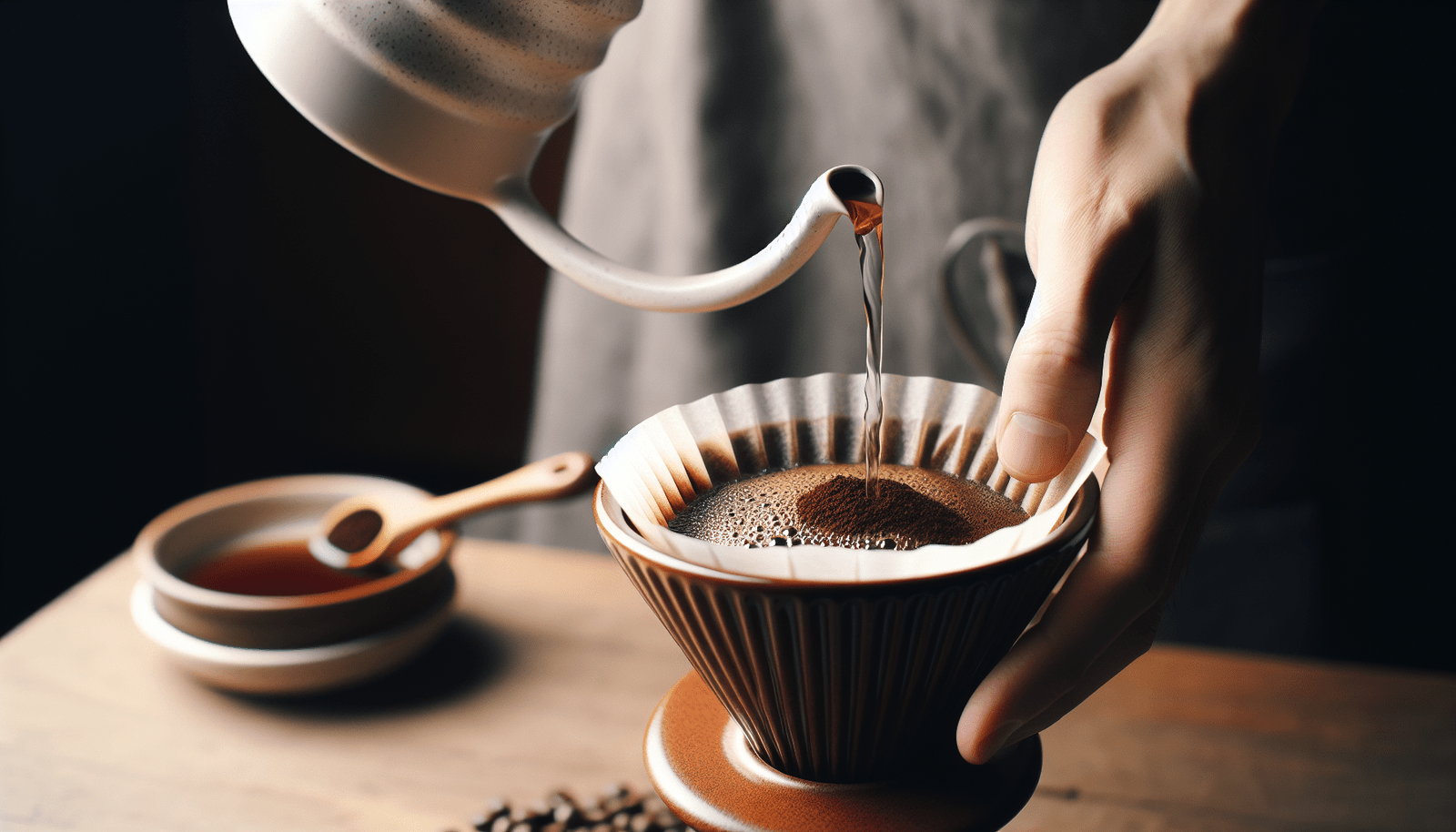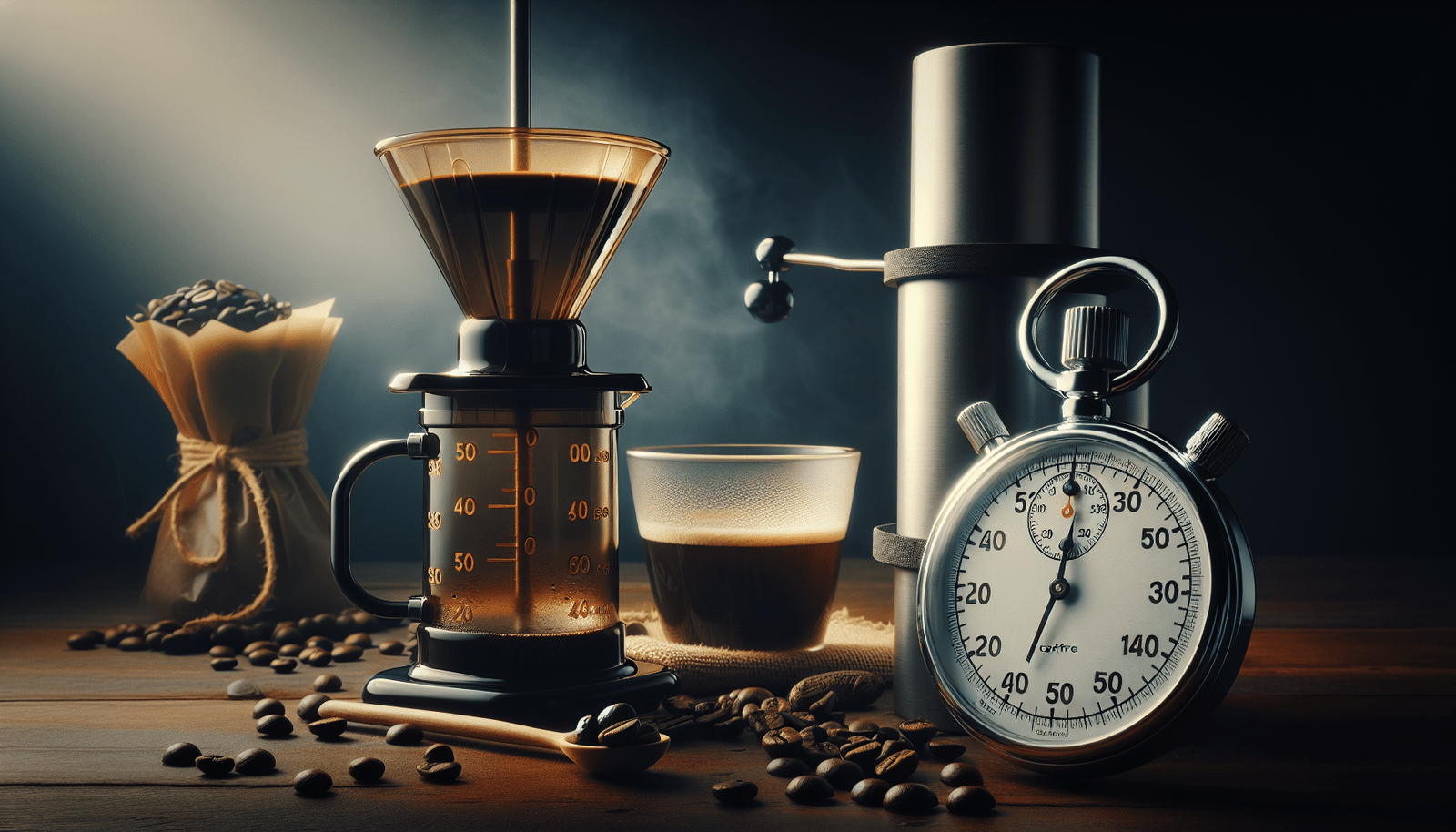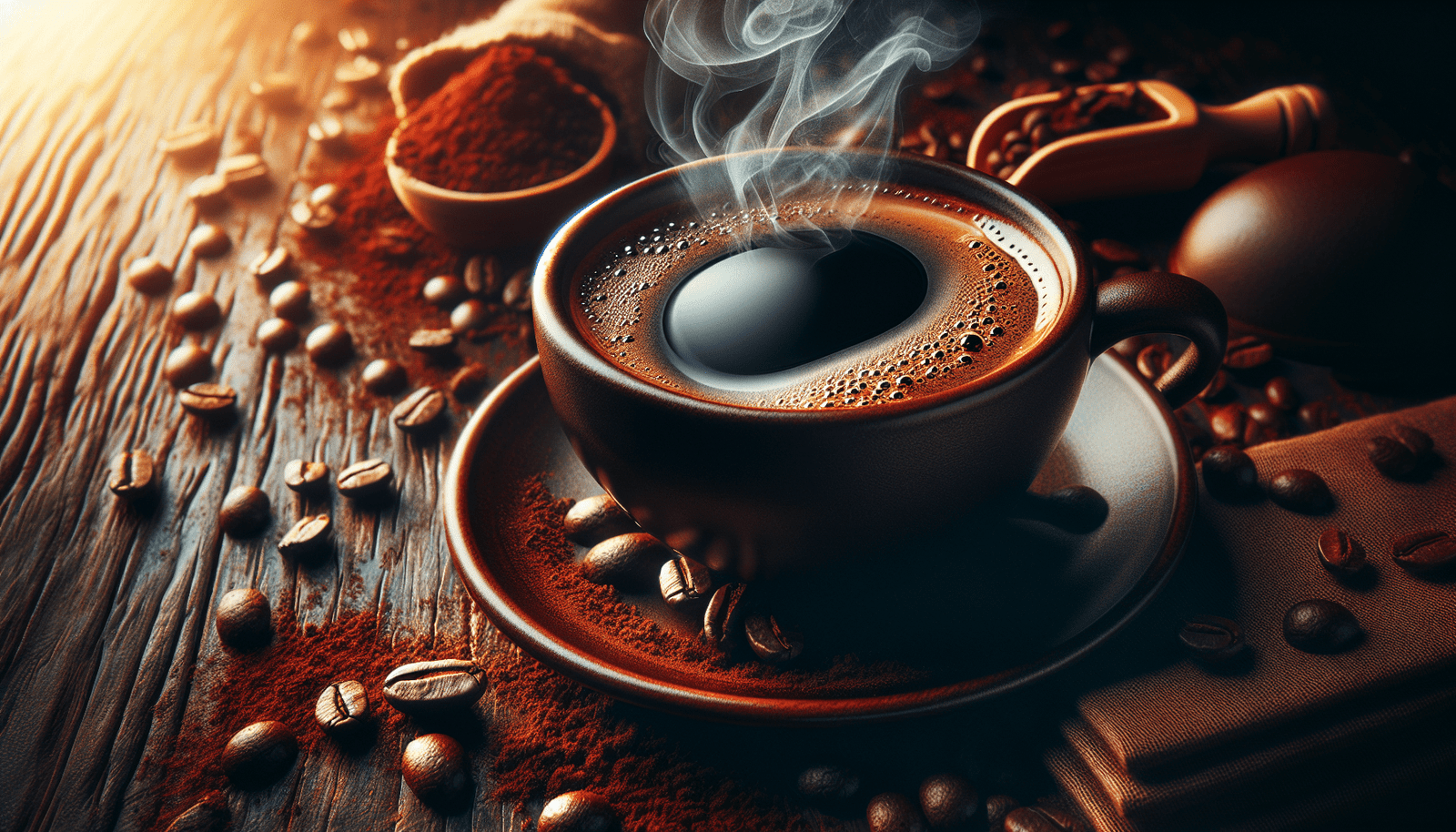Ever wondered about the nuances that set espresso and drip coffee apart? Look no further as we explore the distinct characteristics of these two beloved caffeinated beverages. Discover how these brewing methods differ in flavor, strength, and preparation, and gain a deeper appreciation for the art of enjoying a delicious cup of coffee. So, next time you find yourself torn between an espresso shot or a classic drip coffee, you’ll be armed with the knowledge to make an informed choice.
Brewing Methods
Espresso
Espresso is a brewing method that utilizes pressure to quickly extract the flavors from the coffee grounds. It involves forcing hot water through finely ground coffee beans under high pressure. This results in a concentrated and intense shot of coffee, which is often enjoyed in small servings. The process involves a specialized espresso machine that is capable of generating the required pressure to extract the flavors properly.
Drip Coffee
Drip coffee, on the other hand, is a brewing method that involves slowly dripping water over coarser coffee grounds. This method relies on gravity to extract the flavors from the coffee beans. It typically involves using a drip coffee maker or a pour-over device, where water is poured over the coffee grounds in a controlled manner. Drip coffee is known for producing a larger volume of coffee compared to espresso, making it suitable for larger gatherings or to be enjoyed throughout the day.
Grind Size
Espresso
Grind size is a crucial factor that greatly impacts the final taste and extraction of your coffee. For espresso, a very fine grind size is necessary. The finely ground coffee beans allow for more surface area to come into contact with the pressurized water, enabling faster and more efficient extraction. However, it is important to strike the right balance, as an excessively fine grind can result in over-extraction and a bitter taste.
Drip Coffee
Drip coffee requires a slightly coarser grind compared to espresso. This is because the water needs more time to penetrate through the coffee grounds and extract the flavors. A coarser grind size helps to control the brewing time and allows for a more balanced extraction. If the grind size is too fine for drip coffee, it can lead to over-extraction and a bitter taste.
Brewing Time
Espresso
One of the key differences between espresso and drip coffee is the brewing time. When making espresso, the brewing process is much shorter and faster. It typically takes only around 25 to 30 seconds to extract a shot of espresso. The short brewing time, combined with the high-pressure extraction, allows for a concentrated and bold flavor profile to be achieved.
Drip Coffee
Drip coffee requires a longer brewing time compared to espresso. The water slowly drips through the coffee grounds, typically taking around 4 to 6 minutes to complete the brewing process. The extended contact time between the water and coffee grounds allows for a more subtle and well-rounded flavor profile to develop.
Water Temperature
Espresso
In order to extract the flavors properly, the water used for brewing espresso needs to be heated to a higher temperature compared to drip coffee. The ideal water temperature for espresso brewing is around 195 to 205 degrees Fahrenheit (90 to 96 degrees Celsius). The high temperature helps to extract the full range of flavors and oils from the coffee grounds, resulting in a rich and intense shot of espresso.
Drip Coffee
For drip coffee, a slightly lower water temperature is preferred. The ideal range for water temperature when brewing drip coffee is around 195 to 205 degrees Fahrenheit (90 to 96 degrees Celsius). The slightly lower temperature allows for a gentler and more balanced extraction, preventing any potential bitterness or over-extraction.
Pressure
Espresso
The use of high pressure is one of the defining characteristics of espresso brewing. Espresso machines generate pressure, typically ranging from 8 to 15 bars, to force the water through the compacted coffee grounds. The high pressure is essential for emulsifying the oils in the coffee beans and extracting the flavors efficiently. It also contributes to the formation of crema, the creamy and aromatic layer on top of a well-brewed espresso shot.
Roast Level
Espresso
The roast level of the coffee beans can greatly impact the flavor profile of the espresso. Traditionally, espresso is made using darkly roasted beans. The longer roasting time brings out the deep and bold flavors, often with notes of chocolate or caramel. However, with the growing popularity of specialty coffee, lighter roast profiles are also being explored for espresso. Lighter roasts can bring out more nuanced flavors, such as fruity or floral notes.
Drip Coffee
Drip coffee is more versatile in terms of roast level. It can be brewed using a wide range of roast profiles, depending on personal preference. Lighter roasts tend to highlight the coffee’s origin flavors and acidity, while darker roasts offer a bolder and more robust taste. Ultimately, the choice of roast level for drip coffee comes down to individual taste preferences.
Coffee-to-Water Ratio
Espresso
When brewing espresso, the coffee-to-water ratio is relatively high. A typical espresso shot uses a ratio of 1:2, which means 1 part coffee to 2 parts water. This high concentration of coffee grounds ensures a strong and flavorful shot of espresso. However, it is important to note that the brewing time and grind size also play a crucial role in achieving the desired extraction.
Drip Coffee
Drip coffee generally requires a higher amount of water compared to the amount of coffee grounds used. The coffee-to-water ratio for drip coffee is typically around 1:15 or 1:16, meaning 1 part coffee to 15 or 16 parts water. This ratio allows for a more balanced and milder flavor profile, suitable for larger servings of coffee.
Brewing Equipment
Espresso
To brew espresso, you will need an espresso machine. There are various types of espresso machines available, ranging from manual lever machines to semi-automatic or fully automatic machines. The choice of equipment depends on your personal preferences and expertise. Additionally, an espresso grinder is essential for achieving the right grind size, as pre-ground coffee may not be suitable due to its freshness.
Drip Coffee
Drip coffee can be brewed using a variety of equipment options. One popular choice is a drip coffee maker, which can either be automatic or manual. Automatic drip coffee makers offer convenience, while manual pour-over devices allow for more control over the brewing process. Other options include French presses and AeroPress, which can also produce flavorful drip coffee.
Taste and Texture
Espresso
Espresso is known for its concentrated and intense flavor profile. It often exhibits a rich and syrupy body, with a balanced combination of bitterness, acidity, and sweetness. The high pressure and shorter brewing time contribute to the extraction of oils and flavors, resulting in a bold and robust taste. Additionally, a properly brewed espresso shot should have a creamy and velvety texture, thanks to the emulsification of oils and the presence of crema.
Drip Coffee
Drip coffee offers a more subtle and well-rounded flavor profile compared to espresso. It is often characterized by a smoother and less intense taste, allowing the individual nuances of the coffee beans to shine through. Drip coffee can vary in terms of body, acidity, and sweetness, depending on factors such as the roast level and brewing technique. The texture of drip coffee is typically lighter and less concentrated compared to espresso.
Caffeine Content
Espresso
Contrary to popular belief, espresso does not necessarily have higher caffeine content compared to drip coffee. The caffeine content in coffee is primarily determined by the type of coffee beans used and the brewing process. However, due to the concentrated nature of espresso, a single shot of espresso (around 1 to 1.5 ounces) may have a higher amount of caffeine compared to a standard serving of drip coffee. It is important to note that the overall caffeine content can still vary depending on factors such as the roast level and the dosage of coffee used.
Drip Coffee
Drip coffee, being brewed in larger volumes, can potentially contain more caffeine in a standard serving compared to a single shot of espresso. However, the actual caffeine content of drip coffee can still vary depending on factors such as the coffee beans used, the brewing time, and the coffee-to-water ratio. Typically, a standard 8-ounce cup of drip coffee contains around 95 to 200 milligrams of caffeine.
In conclusion, espresso and drip coffee are distinct brewing methods that offer different taste experiences. Espresso delivers a concentrated, bold, and intense flavor profile with a velvety texture, while drip coffee offers a more subtle and well-rounded taste with a lighter body. The choice between the two ultimately depends on personal preferences, the desired brewing time, and the equipment available. Whether you prefer the quick jolt of espresso or the leisurely enjoyment of a larger cup of drip coffee, both methods have their own unique charm and can provide a satisfying coffee experience. So go ahead, experiment with different brewing methods, and discover your perfect cup of coffee!
